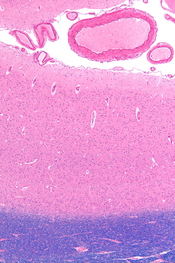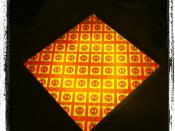Pattern/object recognition is concerned with the processes involved in the identification of images and objects. This essentially involves taking information that enters the visual system and comparing this with information stored in memory, and finding a match. There are three approaches within pattern recognition; template and prototype theories, feature comparison theories and structural theories. The focus of this essay is feature comparison theories, their advantages and disadvantages and their overall success in pattern/object recognition.
Feature comparison models were developed in response to the many problems found with template and prototype theories. Template theory proposed that humans have separate rigid templates in their long-term memory for every possible pattern/object. However flexibility is a considerable limitation within this approach as one template could not cover all the possible forms of a pattern. For example, humans would have to possess templates for every possible form of the letter H and to store this number of templates has been widely regarded as implausible (Eysenck & Keane, 2000).
Feature theories deal with the flexibility problem of template theories as they suggest that templates are only needed for each feature and not each pattern, therefore less information needs to be stored in memory. Although prototype theories developed on template theories and suggested that humans have prototypes; which are a typical representation of a pattern/object rather than templates, problems were still apparent as they were rather vague on how an image was matched up with the appropriate prototype (Eysenck, 1993). Feature comparison theories improved on both template and prototype theories as they focused on the separate features of a pattern and not on the pattern as a whole.
Medin, Ross and Markman (2001, p. 97) state that the key principle underlying feature comparison theories is 'that all objects are composed of separable, distinct parts referred to as...


